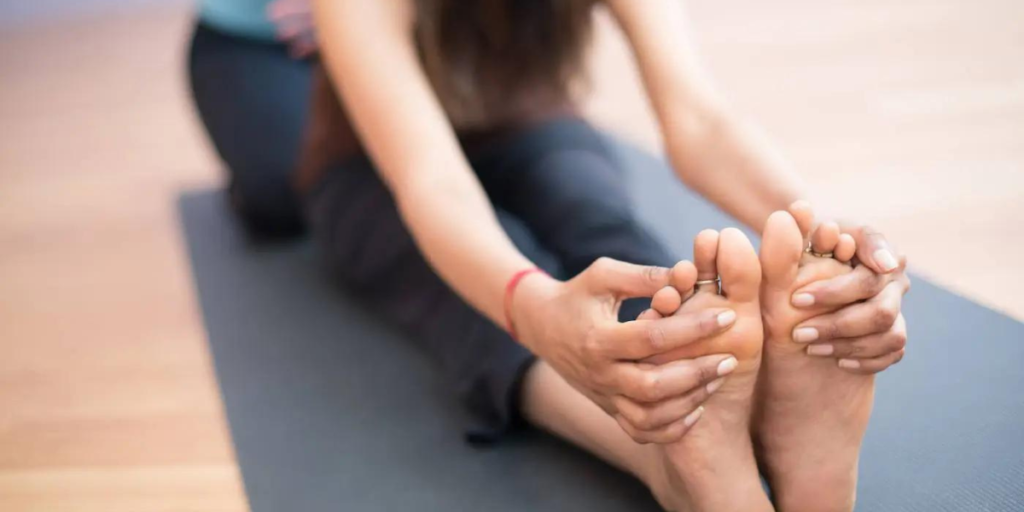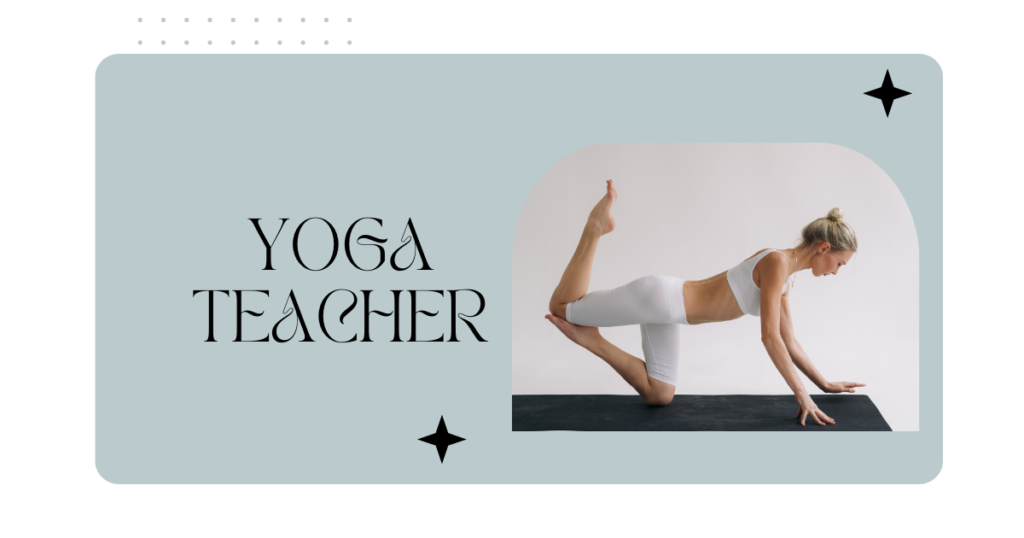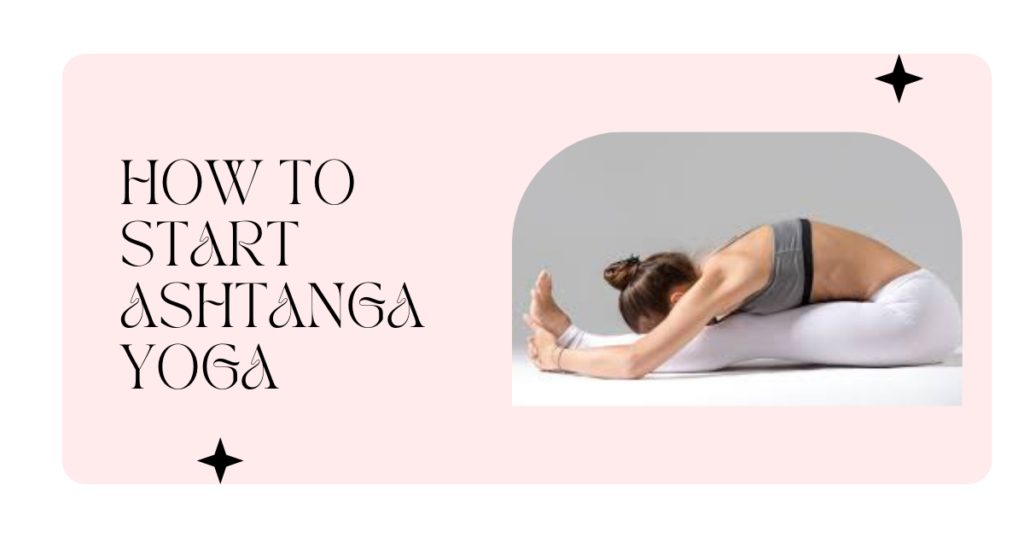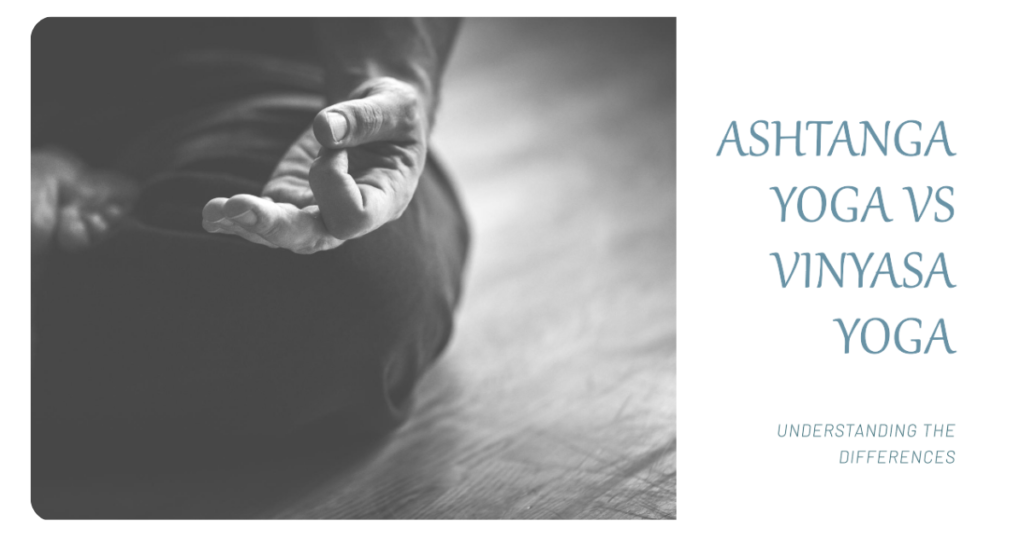
Introduction:
Ashtanga yoga, a traditional and rigorous practice rooted in ancient Indian philosophy, has garnered a reputation as one of the most demanding and challenging yoga styles. Many practitioners, especially beginners, often find themselves questioning the intense nature of this practice, wondering, “Why is Ashtanga yoga so hard?” This comprehensive guide aims to unravel the mysteries behind Ashtanga’s intensity, providing insights into the key factors that contribute to its difficulty while offering a mindful approach to embracing this transformative journey.
The Ashtanga yoga sequence is a meticulously structured series of postures that test both physical stamina and mental discipline. Originating from the teachings of Sri K. Pattabhi Jois, this practice follows a set order of asanas (postures) without variations, progressing through a series of increasingly complex postures linked by transitions called vinyasas. These vinyasas, coupled with the emphasis on Ujjayi breathing (a specific breathing technique), create an intense internal heat that challenges practitioners’ endurance and focus.
One of the fundamental reasons behind Ashtanga’s difficulty lies in its unwavering emphasis on proper form and alignment. Unlike some other yoga styles that may prioritize the aesthetic appeal of postures, Ashtanga places a strong emphasis on precise anatomical alignment in each asana. This attention to detail extends beyond the physical postures, as practitioners are also encouraged to maintain a focused gaze (drishti) and engage their core muscles through the use of bandha locks, further intensifying the practice.
The traditional teaching method of Ashtanga, known as the Mysore style, is another contributing factor to its challenging nature. In contrast to led group classes, the Mysore style encourages self-practice, where students work through the Ashtanga series at their own pace under the guidance of a certified teacher. This self-paced approach demands a high level of self-awareness, self-correction, and discipline, as practitioners must rely on their own understanding and awareness to progress through the sequence.
Table of Contents
The Physical and Mental Demands of Ashtanga
Beyond the structured sequence and emphasis on proper form, Ashtanga yoga poses significant physical and mental challenges that contribute to its reputation as an arduous practice. Physically, the rigorous nature of the Ashtanga series demands a combination of strength, flexibility, and stamina. Practitioners must navigate through a series of demanding postures, often held for extended periods, testing the limits of their muscular endurance and joint mobility.
One of the hallmarks of Ashtanga yoga is the incorporation of arm balances and inversions, such as Bakasana (Crow Pose) and Sirsasana (Headstand), which require a considerable amount of upper body strength, core engagement, and courage to defy gravity. These poses not only challenge practitioners physically but also mentally, as they must overcome fear and self-doubt to maintain balance and control.
Moreover, many Ashtanga classes are conducted in heated rooms, adding an extra layer of intensity to the practice. The increased temperature not only facilitates deeper stretching but also heightens the cardiovascular demands, as practitioners work to maintain their breathing and focus amidst the sweat-inducing heat. This combination of physical exertion and environmental stress can be particularly challenging for beginners, underscoring the importance of proper hydration and gradual adaptation.
Mentally, Ashtanga yoga challenges practitioners to cultivate unwavering concentration and stillness of mind. The emphasis on drishti (focused gaze) and breath control requires a high level of present-moment awareness, as even the slightest lapse in attention can disrupt the flow of the practice. Additionally, the stillness required in certain postures, combined with the physical exertion, tests practitioners’ mental fortitude and ability to remain grounded amidst discomfort.
One of the unique aspects of Ashtanga yoga is the incorporation of bandhas, or energetic locks, which are said to redirect the flow of prana (life force energy) within the body. Mastering these subtle internal engagements, such as Mula Bandha (Root Lock) and Uddiyana Bandha (Abdominal Lock), requires a deep level of body awareness and mental focus, further adding to the practice’s complexity.
A Beginner’s Approach to Ashtanga: Start Small, Stay Committed
While the intensity of Ashtanga yoga may seem daunting, particularly for beginners, it is essential to approach this practice with a mindful and patient attitude. Contrary to popular belief, Ashtanga yoga can be suitable for practitioners of all levels, provided they are willing to start small, seek guidance, and remain committed to the journey.
For those new to Ashtanga, it is advisable to begin with foundational postures, such as the Sun Salutations (Surya Namaskar), which serve as a gentle introduction to the practice’s vinyasa flow. The Sun Salutations consist of a series of synchronized movements and breaths, allowing beginners to familiarize themselves with the rhythm and pacing of Ashtanga before progressing to more advanced asanas.
Rather than striving for complex asanas immediately, beginners should prioritize mastering the breath and developing a deeper awareness of their bodies’ capacities and limitations. Ashtanga places a strong emphasis on Ujjayi breathing, also known as the “victorious breath,” which involves a gentle constriction of the throat to create an audible oceanic sound during inhalation and exhalation. Mastering this breathing technique not only helps practitioners maintain focus and regulate their energy but also prepares them for the more physically demanding aspects of the practice.
Seeking guidance from experienced teachers or tutorials is also crucial, as they can provide modifications and adjustments tailored to individual needs. Beginners should embrace the inevitability of failures and setbacks as part of the learning process, focusing more on feeling the postures and cultivating self-awareness rather than achieving perfection.
One of the key principles in Ashtanga yoga is the concept of “vinyasa krama,” which translates to “a gradual progression or step-by-step approach.” This principle encourages practitioners to progress at their own pace, honoring their bodies’ unique abilities and limitations. By starting with simpler variations of postures and gradually building up to more advanced expressions, beginners can lay a solid foundation and minimize the risk of injury.
The Transformative Benefits of Persevering
While the challenges of Ashtanga yoga may seem daunting, the rewards for those who persevere through this demanding practice are truly transformative. Beyond the physical benefits of increased strength, flexibility, and stamina, a dedicated Ashtanga practice can profoundly impact one’s mental and spiritual well-being.
From a physical standpoint, Ashtanga yoga is renowned for its ability to sculpt lean, toned muscles and improve overall cardiovascular health. The consistent practice of vinyasas, coupled with the internal heat generated, acts as a form of moving meditation, promoting weight loss, improved metabolism, and enhanced overall fitness.
However, the true essence of Ashtanga extends far beyond the physical realm. Through the consistent cultivation of focus, discipline, and self-awareness, practitioners develop a heightened sense of mindfulness that extends far beyond the yoga mat. The ability to remain grounded and present, even amidst physical and mental discomfort, can translate into greater emotional resilience and equanimity in daily life.
Many long-term Ashtanga practitioners report experiencing a profound sense of inner peace and emotional balance, as the practice helps to quiet the mind and cultivate a deeper connection with one’s true essence. The emphasis on breath control and meditation techniques in Ashtanga can also contribute to reduced stress levels, improved sleep quality, and an overall sense of well-being.
Moreover, the self-study (svadhyaya) aspect of Ashtanga yoga encourages practitioners to delve deeper into the philosophical and spiritual underpinnings of the practice. As they navigate through the series and overcome challenges, individuals often experience a sense of personal growth and self-discovery, gaining insights into their own mental and physical limitations while cultivating a profound respect for the transformative power of dedication and perseverance. “What is Hatha Flow Yoga? The Ultimate Guide to This Mindful Practice”
10 Tips for a Mindful Ashtanga Practice
To approach Ashtanga yoga with the right mindset and reap its full benefits, it is essential to embrace a mindful and compassionate attitude throughout the journey. Here are ten tips to help cultivate a more mindful Ashtanga practice:
- Avoid Comparisons: Ashtanga is a personal journey, and comparing oneself to others can breed frustration and self-doubt. Instead, focus on your own progress and inner growth.
- Supplement Practice with Study: Ashtanga is not just a physical practice; it is rooted in ancient philosophy. Supplementing your practice with study can deepen your understanding and enrich your experience. Consider exploring texts like the Yoga Sutras of Patanjali or the Bhagavad Gita to gain a deeper appreciation for the philosophical underpinnings of this practice.
- Surrender to the Process: Embrace the notion of “letting go” and surrendering to the process. Find peace in the journey, rather than clinging to specific outcomes or achievements. Ashtanga is a lifelong practice, and true growth often occurs when you release the need to control every aspect of the journey.
- Cultivate a Gentle Attitude: Approach your body with kindness and avoid forcing or pushing beyond your limits. Yoga is about union, not conquest. Listen to your body’s signals and respect its boundaries, adjusting your practice accordingly.
- Focus on Feeling: Rather than striving for perfect postures, shift your focus to truly feeling and experiencing each asana from within. Cultivate a deeper connection with your breath, sensations, and the present moment.
- Maintain Perseverance: Ashtanga requires unwavering commitment and perseverance. Celebrate small victories and trust that progress will come with consistent effort. Embrace the challenges as opportunities for growth, rather than obstacles to be overcome.
- Seek Community Support: Practicing alongside others in a supportive environment can provide accountability, motivation, and a sense of camaraderie on the journey. Consider joining an Ashtanga yoga community or finding a dedicated teacher who can guide and inspire you.
- Celebrate Small Wins: Progress in Ashtanga can be gradual, so it’s essential to acknowledge and celebrate even the smallest victories along the way. Mastering a challenging transition or holding a pose for an extra breath can be significant milestones worthy of recognition.
- Approach it as a Lifestyle: Ashtanga yoga is not just a physical practice; it’s a lifestyle that encourages mindfulness, discipline, and self-study. Embracing this holistic approach can lead to profound personal growth and transformation. Consider adopting a yogic lifestyle by incorporating principles like ethical conduct (yamas and niyamas), meditation, and a sattvic (pure) diet.
- Find the Right Guidance: While self-practice is a core aspect of Ashtanga, having experienced teachers to guide and adjust you can be invaluable, especially in the early stages of your journey. Their insights and corrections can help you avoid injuries and deepen your practice. Don’t hesitate to seek out certified Ashtanga instructors who can provide personalized guidance and support.
Conclusion:
Ashtanga yoga’s reputation for being one of the most challenging yoga styles is well-deserved, but the rewards for those who embrace this transformative journey are truly profound. By understanding the key factors behind its intensity, such as the structured sequence, emphasis on proper form, and self-practice method, practitioners can approach Ashtanga with a mindful and compassionate attitude.
The physical and mental demands of this practice may seem daunting at first, but with patience, perseverance, and a willingness to start small, even beginners can embark on this journey. By focusing on the breath, seeking guidance, and cultivating self-awareness, individuals can gradually build the strength, flexibility, and mental fortitude required to navigate the Ashtanga series.
It’s important to remember that Ashtanga yoga is not just a physical practice; it’s a transformative journey that has the potential to impact every aspect of one’s life. Through the cultivation of mindfulness, discipline, and a deeper connection with the self, practitioners can experience profound personal growth, emotional resilience, and a heightened sense of inner peace.
Ultimately, the true essence of Ashtanga yoga lies not in the pursuit of perfection but in the journey itself. As practitioners surrender to the process and embrace the challenges with an open heart and mind, they unlock a path toward self-discovery, self-acceptance, and a deeper understanding of their true nature.
So, whether you are a seasoned yogi or a curious beginner, approach Ashtanga yoga with reverence, dedication, and a willingness to learn. Embark on this transformative journey, and you may find yourself not only answering the question “Why is Ashtanga yoga so hard?” but also discovering the profound beauty and wisdom that lies within its ancient teachings.















